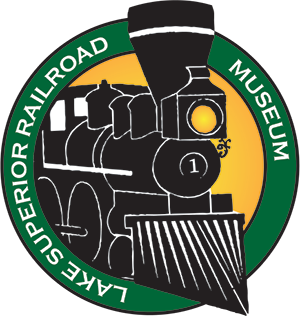Passenger Cars
The Lake Superior Railroad Museum collection contains many passenger cars, many of which are used in the summer months on the North Shore Scenic Railroad. Two main categories of cars once used in passenger train service in the Lake Superior Region: heavyweight and lightweight cars.
Heavyweight cars date back to the 19th Century. They were constructed usually of wood or steel, and could be quite ornate, being built by experienced coach makers and carpenters. When touring the museum, be sure to look inside Duluth & Iron Range coach #19 and Duluth, Missabe & Northern coach #68 and business car Missabe, and observe the woodwork and ceiling “clerestory” vents made of glass. Early in the 20th Century, steel replaced wood in passenger car construction. The new steel cars were well-built, smooth riding, and heavy, hence the term “heavyweight.” Cars in the museum collection such as business car Northland, Duluth, Missabe & Iron Range coach #33, Northern Pacific Railway Post Office/Baggage car #1447, and Spokane, Portland and Seattle baggage car #66 are examples of heavyweight cars.
The 1930s brought the widespread use of stainless steel passenger car construction, which was much lighter than the steel used in heavyweight car construction. The new “lightweight,” streamlined cars carried passengers in speed and comfort to an extent that had not been experienced with heavyweight cars. There are many lightweight cars in the museum collection, including Great Northern coaches #1115 and #1116, and Northern Pacific Observation Car the Rainier Club #390. All of which are used in operations on the North Shore Scenic Railroad in the summer.



